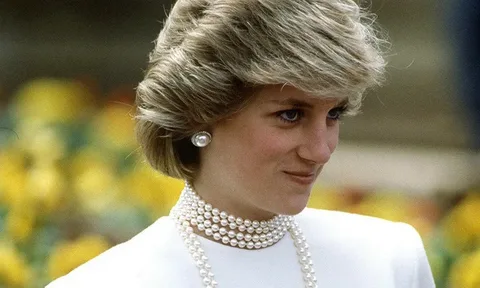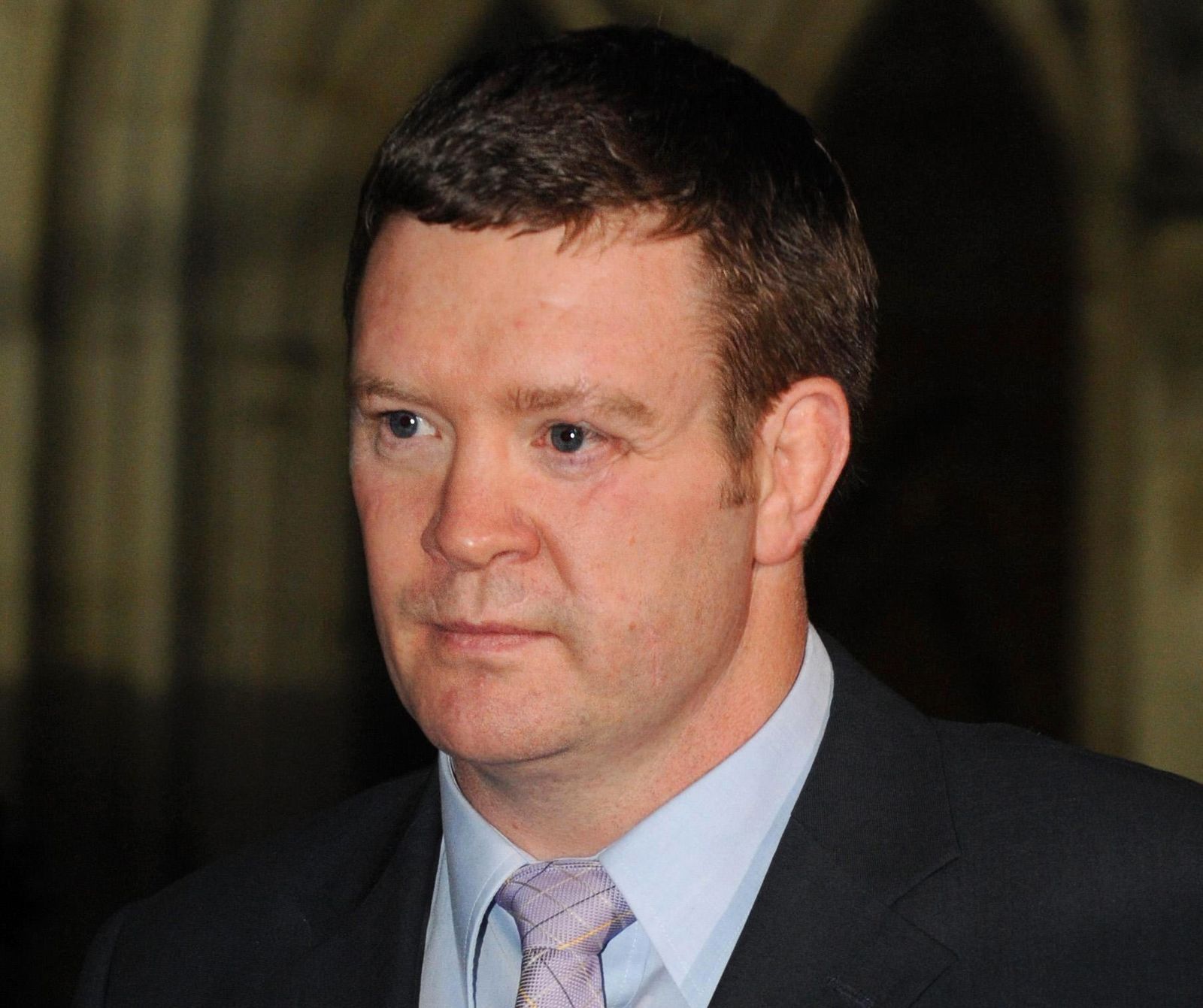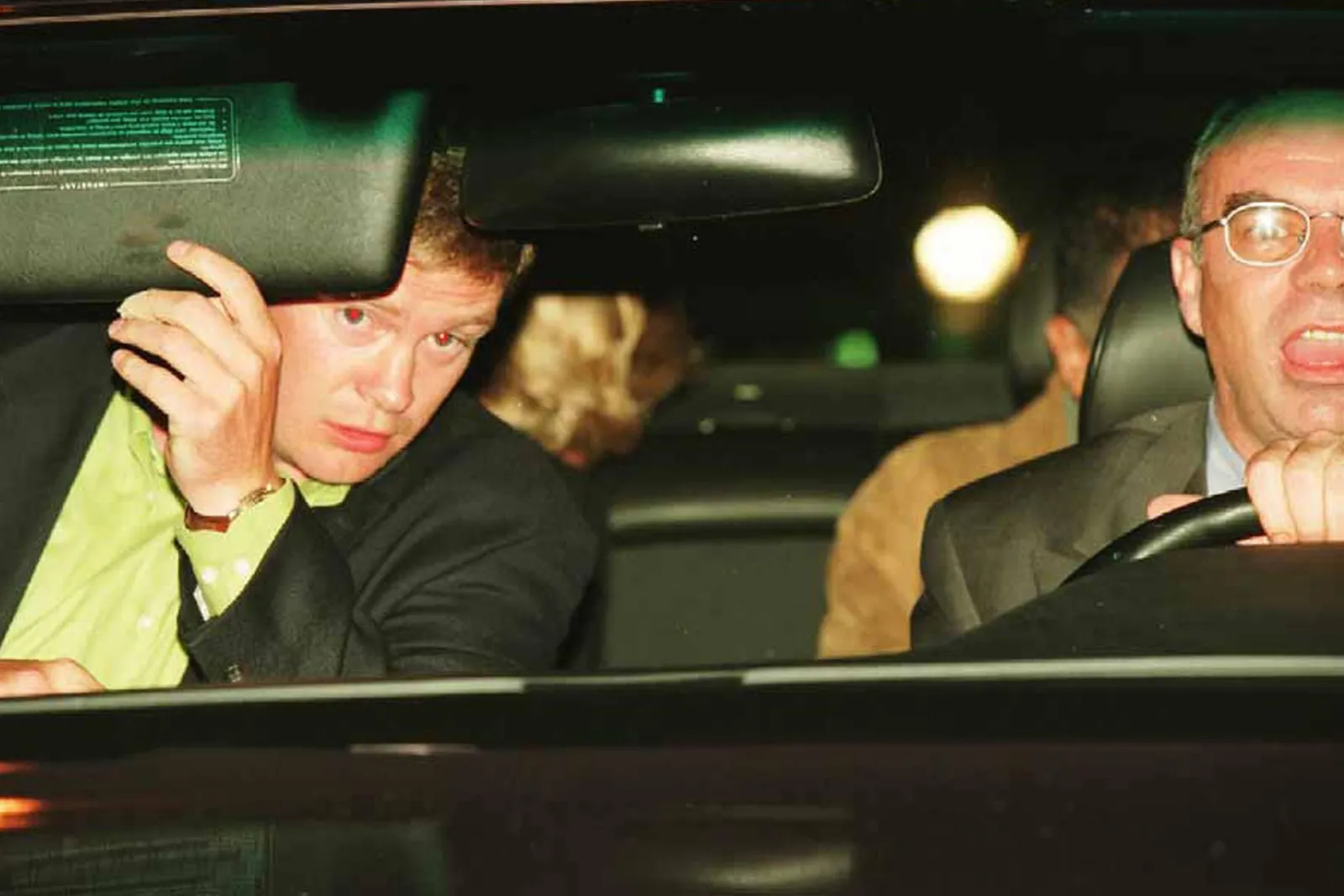The tragic death of Princess Diana and her companion, Dodi Fayed, in a car crash on August 31, 1997, remains one of the most significant moments in modern history. While millions around the world mourned the untimely loss, there was one man who was left to live with the memories of that fateful night: Trevor Rees-Jones, the bodyguard who was the only survivor of the crash. His journey of survival, recovery, and the aftermath of the crash offers a poignant insight into the hidden consequences of such tragedies.
In this article, we explore Rees-Jones’s experience, the events leading to the crash, the aftermath, and the impact it had on him personally and professionally.
The Tragic Night: August 31, 1997
A Night That Changed Everything
Trevor Rees-Jones had been hired as a bodyguard by Mohamed Al-Fayed, the father of Dodi Fayed, to protect his son and the other members of the family. On the night of August 30, 1997, Dodi and Princess Diana were at the Ritz Hotel in Paris, where they were hounded by the paparazzi. The couple decided to leave the hotel and head to Dodi’s apartment, but they were determined to avoid the media frenzy by taking a back exit.
However, the night would take a fatal turn when the vehicle they were traveling in, a Mercedes-Benz, crashed into the pillar of the Pont de l’Alma tunnel at high speed. Rees-Jones, who was seated in the front passenger seat, sustained severe injuries.
Despite the severity of the crash, the world would soon learn that Princess Diana and Dodi Fayed had not survived. Diana succumbed to injuries to her chest, lungs, and head, while Dodi was also pronounced dead at the scene. The shocking images of the wrecked car and the photographers who continued to take pictures of the injured princess while failing to help have remained ingrained in the public’s memory.
Rees-Jones’s Survival: A Miracle Amid Tragedy
Trevor Rees-Jones was left with devastating injuries. His face was severely crushed, his jaw was wired shut, and his neck was broken. The extent of his injuries left him in a medically-induced coma for several days. When he awoke, he was informed that he was the only survivor of the crash. The enormity of the situation began to sink in, and the shock of learning that Princess Diana and Dodi Fayed were dead weighed heavily on him.
Rees-Jones’s injuries were so severe that it took a team of surgeons 11 hours to reconstruct his face. Dr. Luc Chikhani, who performed the surgery, remarked that the damage was unlike anything he had seen before, stating that “I have never seen so many fractures on a man who was still alive.”
For Rees-Jones, the recovery process was not just physical but psychological. The survivor’s guilt weighed heavily on him as he came to terms with the fact that he had been unable to prevent the deaths of his charges.
The Struggles of Recovery
Physical Pain and Psychological Trauma
The physical recovery from the accident was long and grueling. Rees-Jones had to endure multiple surgeries, including the reconstruction of his face. The damage to his body was so severe that he required a full reconstruction of his jaw, face, and nose, which was done using metal plates, screws, and cartilage from his own skull.
But beyond the physical pain, the psychological trauma was far more lasting. In interviews, Rees-Jones has openly admitted to the survivor’s guilt that plagued him after the crash. He confessed that, during the darkest moments of his recovery, he considered the possibility that it might be easier for everyone if he were not around.
In an interview with The Guardian, Rees-Jones admitted that “I thought…it would be a lot less hassle if I wasn’t around.” The burden of knowing that he survived while the people he was meant to protect perished was a heavy weight to carry.
Returning to Work: A Challenging Decision
Despite the emotional and physical toll, Rees-Jones returned to work just six months after the accident. He resumed his position as a bodyguard for Mohamed Al-Fayed, but the relationship between the two soon began to sour. Rees-Jones became increasingly disillusioned with the conspiracy theories about the crash that Al-Fayed began to propagate.
In the aftermath of the accident, Al-Fayed blamed Rees-Jones for contributing to the deaths of Diana and Dodi. This accusation deeply affected Rees-Jones, who had already struggled with feelings of guilt. In an effort to clear his name, he eventually published a book titled The Bodyguard’s Story: Diana, the Crash, and the Sole Survivor.
The Aftermath: Public Scrutiny and Conspiracy Theories
Mohamed Al-Fayed’s Accusations
After the crash, Mohamed Al-Fayed became a vocal proponent of the theory that Diana and Dodi’s deaths were not accidental but rather the result of a conspiracy orchestrated by the British royal family. Al-Fayed accused both Rees-Jones and his fellow bodyguard, Keiran Wingfield, of being unprofessional and partly responsible for the crash.
In his book, Rees-Jones refuted these accusations, stating that he had been unable to do his job effectively due to a lack of communication from Dodi and his family. He claimed that Dodi had insisted on leaving the Ritz Hotel through a back exit in a single vehicle, without proper security or a backup plan. This decision, Rees-Jones argued, contributed to the chaotic situation that ultimately led to the fatal crash.
Despite Rees-Jones’s attempts to defend himself, Al-Fayed continued to accuse him of negligence, and the tension between them grew. In the years that followed, Rees-Jones kept a relatively low profile, declining offers to capitalize on his experience, such as turning down a million-dollar offer from The National Enquirer.
The Inquest into Diana’s Death
In 2008, a formal inquest into Princess Diana’s death was conducted, with Rees-Jones participating in the proceedings. The inquest aimed to establish whether the deaths of Diana and Dodi were caused by an accident or whether foul play was involved. Rees-Jones testified about the events leading up to the crash and explained the challenges he faced as a bodyguard trying to protect his charges under difficult circumstances.
While the inquest concluded that the crash was caused by the reckless driving of Henri Paul, the driver of the Mercedes, many questions still remained unanswered, especially regarding the role of the paparazzi and the circumstances surrounding the lack of proper security.
Survivor’s Guilt and Moving On
Despite the public scrutiny and the accusations from Al-Fayed, Rees-Jones’s personal life continued to be marked by the trauma of that night. In interviews, he has spoken about the lasting effects of the accident, noting that the memories of the crash still haunt him.
The survivor’s guilt, coupled with the grief of losing two people he was meant to protect, has made it difficult for Rees-Jones to move forward. Yet, he continues to live a private life, working in the security industry and focusing on his family.
A Legacy of Tragedy and Reflection
The Unanswered Questions
The legacy of the crash that killed Princess Diana and Dodi Fayed is one of unanswered questions and unresolved mysteries. While the official inquest concluded that it was a tragic accident, conspiracy theories persist to this day. Some continue to believe that the deaths were not accidental, while others question the role of the paparazzi and the security failures that contributed to the tragedy.
For Trevor Rees-Jones, the legacy is one of survival and guilt. He is the lone survivor of a crash that claimed the lives of two global icons, and his life has been forever altered by the events of that night. Despite the passage of time, the scars—both physical and emotional—remain.
The Emotional Toll of Survival
Rees-Jones’s story is a powerful reminder of the emotional toll that tragedies like this can have on those who survive. The physical injuries he sustained may have healed over time, but the emotional scars left by the loss of Diana and Dodi continue to shape his life. Survivor’s guilt, the pain of loss, and the weight of public scrutiny have all been part of Rees-Jones’s journey since that fateful night.
In the years since the crash, Rees-Jones has managed to rebuild his life, but the events of August 31, 1997, will always be a part of him. His story is one of resilience, but also of the complexities of surviving a tragedy that claimed the lives of two people who meant so much to so many.
Conclusion
Trevor Rees-Jones’s experience as the lone survivor of Princess Diana’s fatal crash is one marked by physical and emotional pain, public scrutiny, and a relentless struggle to move on from the traumatic events of that night. While he has tried to rebuild his life, the memories of the crash and the lives lost that night will always be with him.
Through his testimony, his book, and his public appearances, Rees-Jones has offered the world a glimpse into the harrowing aftermath of the crash—a tragedy that continues to captivate and haunt the public imagination more than two decades later. mini.
- Evan Name Meaning - June 5, 2025
- Virginia’s Most Popular THC Infused Drinks - June 5, 2025
- Nebraska’s THC Infused Seltzer Recommendations - June 4, 2025








